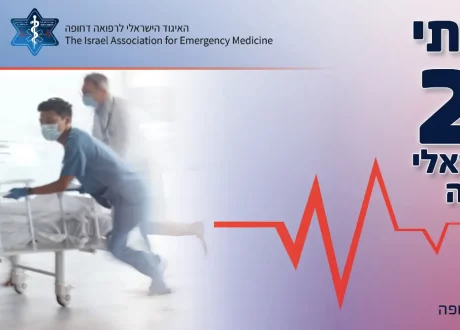Written by Aaron Lacy

When compared to rapid sequence intubation (RSI), this RCT showed decreased peri-intubation hypoxemic events and increased first attempt success in agitated and delirious ED patients with major trauma who underwent delayed sequence intubation (DSI).
Why does this matter?
Proper preparation when intubating is crucial. Adequate preoxygenation, running through procedural checklists, and optimal patient positioning all are associated with increased intubation success and reduced adverse events. When a patient is agitated, could dissociation with ketamine prior to pushing paralytics allow time to prepare for a safer intubation?
A PSA on DSI vs RSI
In this RCT, patients who presented to an academic emergency department in India who were agitated or delirious after suffering major trauma were randomized to either DSI or RSI. One hundred DSI patients were given IV ketamine in 0.5mg/kg boluses until they became dissociated, followed by 3 minutes of facemask preoxygenation before administration of succinylcholine. One-hundred patients randomized to the RSI group underwent 3 minutes of preoxygenation via facemask and then were intubated after administration of ketamine and succinylcholine in rapid succession. Patients with unanticipated difficult airways were excluded from final analysis (n = 36).
Peri-intubation hypoxemia was lower in the DSI group compared to RSI (8% vs 35%; p=0.001). First-attempt intubation success was also higher in the DSI group (83% vs 69%; p=0.02). There was no difference in hemodynamic instability or airway-related adverse events. It is notable that most patients in this trial were intubated because of head injuries, and most had no comorbidities.
I have used DSI in agitated trauma patients to not only help with preoxygenation but also to achieve optimal patient positioning, allow time to run through an intubation checklist, obtain additional IV access or other optimization before intubation, and to protect staff. This trial supports use of DSI in this patient population.
Source
Peri-Intubation Hypoxia After Delayed Versus Rapid Sequence Intubation in Critically Injured Patients on Arrival to Trauma Triage: A Randomized Controlled Trial. Anesth Analg. 2023 May 1;136(5):913-919. doi: 10.1213/ANE.0000000000006171. Epub 2023 Apr 14.
Editor’s note: They excluded both anticipated difficult airway before DSI or RSI and those with unanticipated difficult airway after paralysis. Of note, 12 patients in the DSI group had unanticipated difficult airway vs 24 in the RSI group. These were excluded, but this is also an interesting unmeasured outcome of this study that would likely have made DSI look even better. ~Clay Smith










